Home>Gardening & Outdoor>Landscaping Ideas>How Big Does Pampas Grass Get
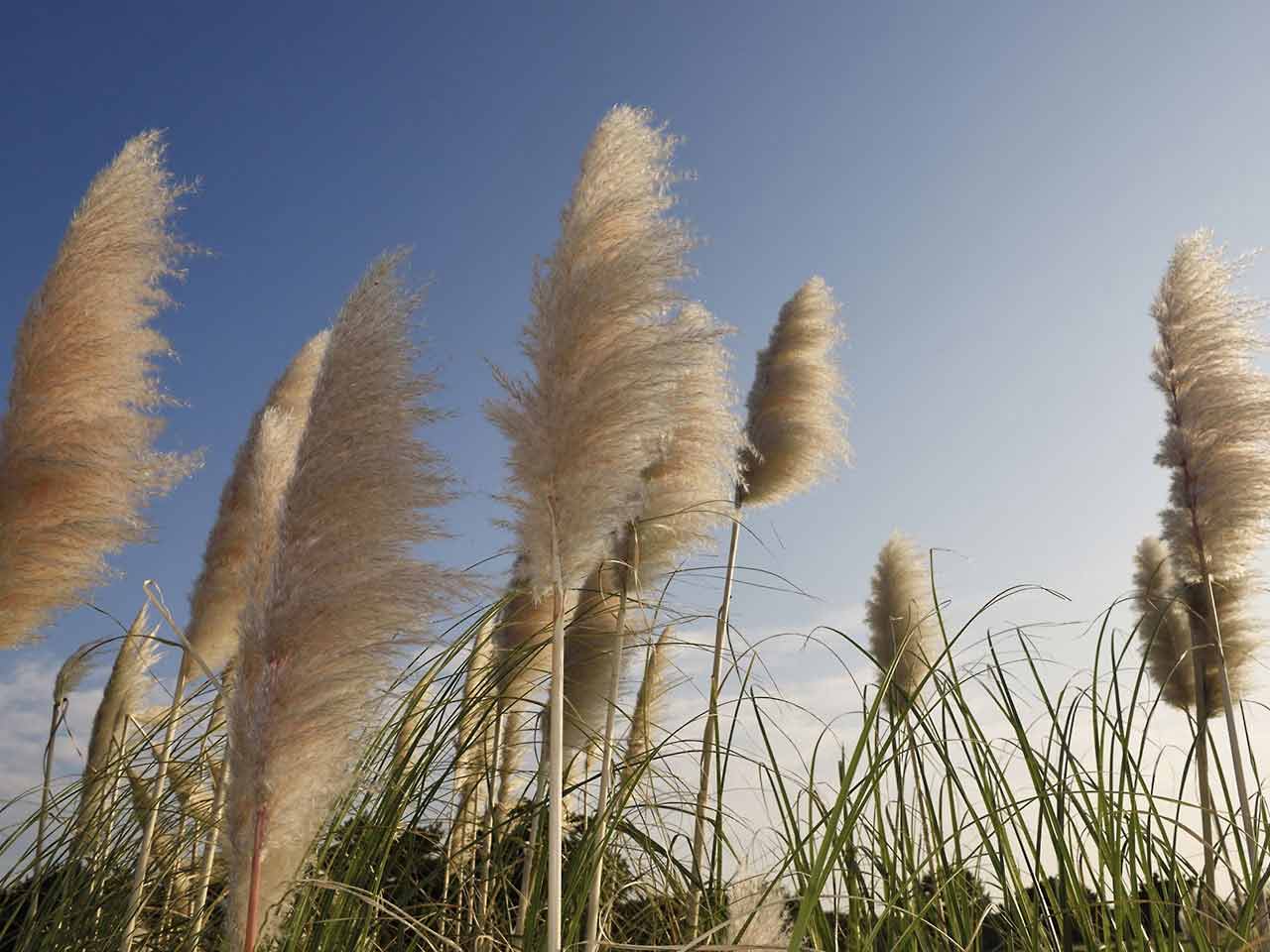

Landscaping Ideas
How Big Does Pampas Grass Get
Modified: March 29, 2024
Discover landscaping ideas for pampas grass and learn how big pampas grass can get. Enhance your outdoor space with our expert tips.
(Many of the links in this article redirect to a specific reviewed product. Your purchase of these products through affiliate links helps to generate commission for Storables.com, at no extra cost. Learn more)
Introduction
Read more: How Big Does Muhly Grass Get
Introduction
Pampas grass, with its feathery plumes and towering fronds, is a striking addition to any landscape. Its impressive size and ornamental appeal make it a popular choice for gardens and outdoor spaces. However, many homeowners and gardeners often wonder, "How big does pampas grass get?" Understanding the growth potential of this majestic plant is essential for successful landscaping and maintenance. In this article, we will delve into the factors that influence the size of pampas grass, the ideal growing conditions for promoting its growth, and effective strategies for managing its size to suit your landscaping needs. Whether you're considering adding pampas grass to your garden or seeking guidance on maintaining existing plantings, this comprehensive guide will equip you with the knowledge to make informed decisions and cultivate thriving pampas grass displays.
Understanding Pampas Grass
Key Takeaways:
- Pampas grass can reach impressive heights of 8 to 10 feet, adding a dramatic and ethereal quality to gardens. Understanding its growth factors and ideal conditions is essential for successful landscaping.
- To manage the size of pampas grass, strategic planting, regular pruning, and division/transplanting are effective techniques. These measures help control its exuberant growth and maintain a harmonious landscape.
Understanding Pampas Grass
Pampas grass, scientifically known as Cortaderia selloana, is a perennial flowering plant native to South America, particularly the pampas region of Argentina, Brazil, and Uruguay. Renowned for its majestic appearance and versatile uses in landscaping, pampas grass has become a popular ornamental plant in various parts of the world. The plant features long, arching leaves and tall plume-like flower heads, which can reach impressive heights, often exceeding 8 to 10 feet.
One of the most distinctive characteristics of pampas grass is its remarkable plumes, which appear in late summer and can last well into the winter months. These plumes, which can measure up to 3 feet in length, add an ethereal and dramatic quality to the plant, making it a captivating focal point in any garden or outdoor setting.
It’s important to note that pampas grass can spread vigorously and has the potential to become invasive in certain regions. As a result, it’s crucial to understand its growth habits and take proactive measures to manage its size and spread effectively. By gaining a deeper understanding of the growth patterns and requirements of pampas grass, you can harness its beauty while mitigating any potential challenges associated with its growth.
Factors Affecting Pampas Grass Growth
Read more: How Does Pampas Grass Spread
Factors Affecting Pampas Grass Growth
Several key factors influence the growth and size of pampas grass, shaping its development and overall appearance. Understanding these factors is essential for cultivating healthy and thriving pampas grass in your landscape. Here are the primary elements that impact the growth of pampas grass:
- Climate: Pampas grass thrives in regions with mild winters and ample sunlight. It is well-suited to USDA hardiness zones 7-11, where it can experience the necessary warmth and sunlight to fuel its growth. In colder climates, pampas grass may struggle to reach its full potential, resulting in smaller overall size and delayed flowering.
- Soil Quality: The quality of the soil plays a significant role in the growth of pampas grass. Well-draining soil that is rich in nutrients provides an optimal environment for the plant to establish strong roots and access essential resources for robust growth. Additionally, slightly acidic to neutral soil pH is ideal for pampas grass cultivation.
- Water Availability: Adequate water supply is crucial for the initial establishment and sustained growth of pampas grass. While the plant exhibits tolerance to drought once established, consistent moisture during its early stages of growth is essential for promoting healthy development and maximizing its ultimate size.
- Space and Competition: Pampas grass requires ample space to spread and flourish. Competition from surrounding plants can restrict its growth and diminish its overall size. Providing sufficient room for the plant to expand is vital for enabling it to achieve its full potential.
- Pruning and Maintenance: Proper pruning and maintenance practices can influence the size and appearance of pampas grass. Regular pruning of dead or damaged foliage and spent flower heads can promote vigorous growth and prevent the plant from becoming overly dense, ultimately contributing to a more balanced and visually appealing form.
By considering and addressing these influential factors, you can create an environment that fosters the optimal growth and development of pampas grass, allowing it to showcase its remarkable size and beauty in your landscape.
Ideal Growing Conditions for Pampas Grass
Ideal Growing Conditions for Pampas Grass
Creating the ideal growing conditions is paramount for nurturing robust and luxuriant pampas grass displays. By ensuring that the plant receives the necessary environmental support, you can encourage vigorous growth and maximize its ornamental appeal. Here are the key elements that contribute to the ideal growing conditions for pampas grass:
- Sunlight: Pampas grass thrives in full sunlight and requires at least six hours of direct sun exposure daily to flourish. Placing it in a location with ample sunlight is crucial for promoting strong growth and the development of impressive plumes.
- Well-Draining Soil: Optimal soil conditions are essential for pampas grass to thrive. It prefers well-draining soil with a loamy or sandy texture, enabling excess moisture to dissipate efficiently and preventing waterlogged conditions that can impede growth and lead to root rot.
- Moisture: While pampas grass exhibits drought tolerance once established, consistent moisture during its initial growth phase is vital for encouraging robust development. Adequate watering, particularly during dry spells, is essential for supporting healthy growth and maximizing the plant’s size potential.
- Space: Providing ample space for pampas grass to spread is crucial for enabling it to achieve its full size and visual impact. Planting it in an area with sufficient room for expansion ensures that it can grow uninhibited and display its characteristic grandeur.
- Climate Considerations: Pampas grass thrives in regions with mild winters and warm summers. It is well-suited to Mediterranean climates and coastal areas, where it can bask in the favorable conditions that promote robust growth and the development of its iconic plumes.
By aligning the growing environment with these optimal conditions, you can cultivate thriving pampas grass displays that captivate with their impressive size and ornamental allure. Additionally, maintaining a proactive approach to monitoring and adjusting the growing conditions as needed will further support the plant’s ongoing health and vitality.
Managing the Size of Pampas Grass
Read more: How Big Does Mexican Feather Grass Get
Managing the Size of Pampas Grass
Given its potential for vigorous growth, managing the size of pampas grass is a crucial aspect of its cultivation, ensuring that it harmoniously integrates into the landscape while preserving its striking visual impact. Employing effective strategies for controlling its size allows you to harness the plant’s ornamental qualities while mitigating any challenges associated with its exuberant growth. Here are several approaches to managing the size of pampas grass:
- Strategic Planting: When introducing pampas grass to your landscape, consider its mature size and allocate sufficient space to accommodate its growth. Planting it in an area with ample room to spread helps prevent overcrowding and minimizes the need for extensive size management measures in the future.
- Regular Pruning: Pruning is an effective method for controlling the size and appearance of pampas grass. Removing dead or damaged foliage, as well as spent flower heads, not only enhances the plant’s aesthetic appeal but also prevents it from becoming excessively dense, allowing for better air circulation and light penetration.
- Division and Transplanting: Periodically dividing mature clumps of pampas grass and transplanting them to new locations can help manage the plant’s size and rejuvenate its growth. This process also allows you to propagate new plants and maintain the desired size and density in different areas of your landscape.
- Containment Barriers: Installing physical barriers, such as underground barriers or deep edging, can help restrict the spread of pampas grass. This approach is particularly beneficial in regions where the plant has the potential to become invasive, allowing you to control its growth and prevent it from encroaching on other areas of your garden.
- Thinning Out: Thinning out the center of mature pampas grass clumps can help manage their size and rejuvenate their growth. By selectively removing older or overcrowded stems, you can promote the development of new, vigorous growth while preventing the plant from becoming overly dense and unwieldy.
Implementing these size management strategies empowers you to cultivate thriving pampas grass displays that enhance your landscape’s beauty without overwhelming it. By proactively addressing the plant’s growth potential and employing targeted measures to manage its size, you can enjoy the captivating allure of pampas grass while maintaining a harmonious and balanced outdoor environment.
Conclusion
Conclusion
As a magnificent ornamental plant with a penchant for grandeur, pampas grass holds the potential to elevate the visual appeal of any landscape. Understanding the factors that influence its growth, the optimal conditions for nurturing its size and vitality, and effective strategies for managing its exuberant stature are essential for cultivating thriving pampas grass displays that captivate and inspire.
By recognizing the impact of climate, soil quality, water availability, and maintenance practices on the growth of pampas grass, you can create an environment that fosters its optimal development and showcases its impressive size and beauty. Providing the plant with ample sunlight, well-draining soil, and sufficient space for expansion sets the stage for robust growth and the emergence of its iconic plumes, ensuring a captivating and enduring presence in your landscape.
Furthermore, implementing targeted size management techniques, such as strategic planting, regular pruning, division and transplanting, containment barriers, and thinning out, empowers you to harness the ornamental allure of pampas grass while maintaining control over its size and spread. These proactive measures enable you to strike a harmonious balance between the plant’s striking visual impact and its seamless integration into your outdoor environment.
Whether you’re embarking on a new pampas grass cultivation endeavor or seeking to enhance the vitality and visual appeal of existing plantings, the insights and strategies presented in this guide equip you with the knowledge and tools to cultivate thriving pampas grass displays that leave a lasting impression. By leveraging the inherent beauty and grandeur of pampas grass while implementing thoughtful size management practices, you can create a landscape that exudes elegance, vitality, and enduring charm.
Frequently Asked Questions about How Big Does Pampas Grass Get
Was this page helpful?
At Storables.com, we guarantee accurate and reliable information. Our content, validated by Expert Board Contributors, is crafted following stringent Editorial Policies. We're committed to providing you with well-researched, expert-backed insights for all your informational needs.
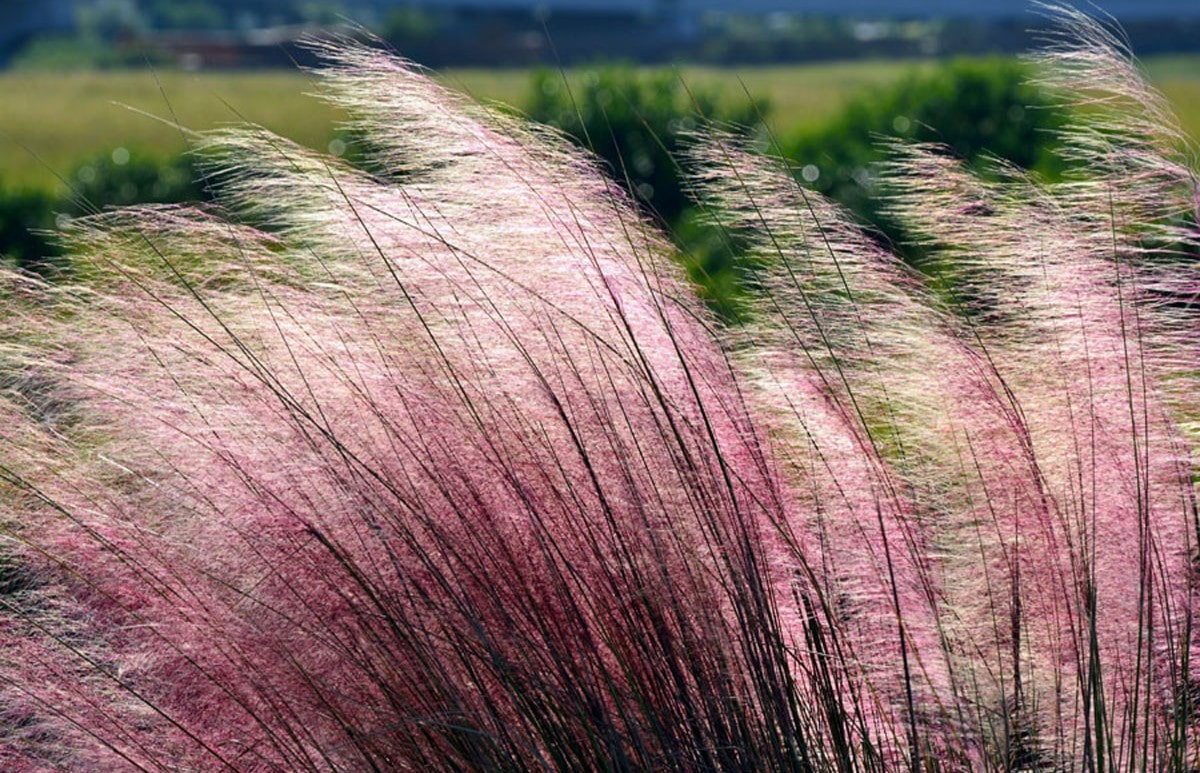
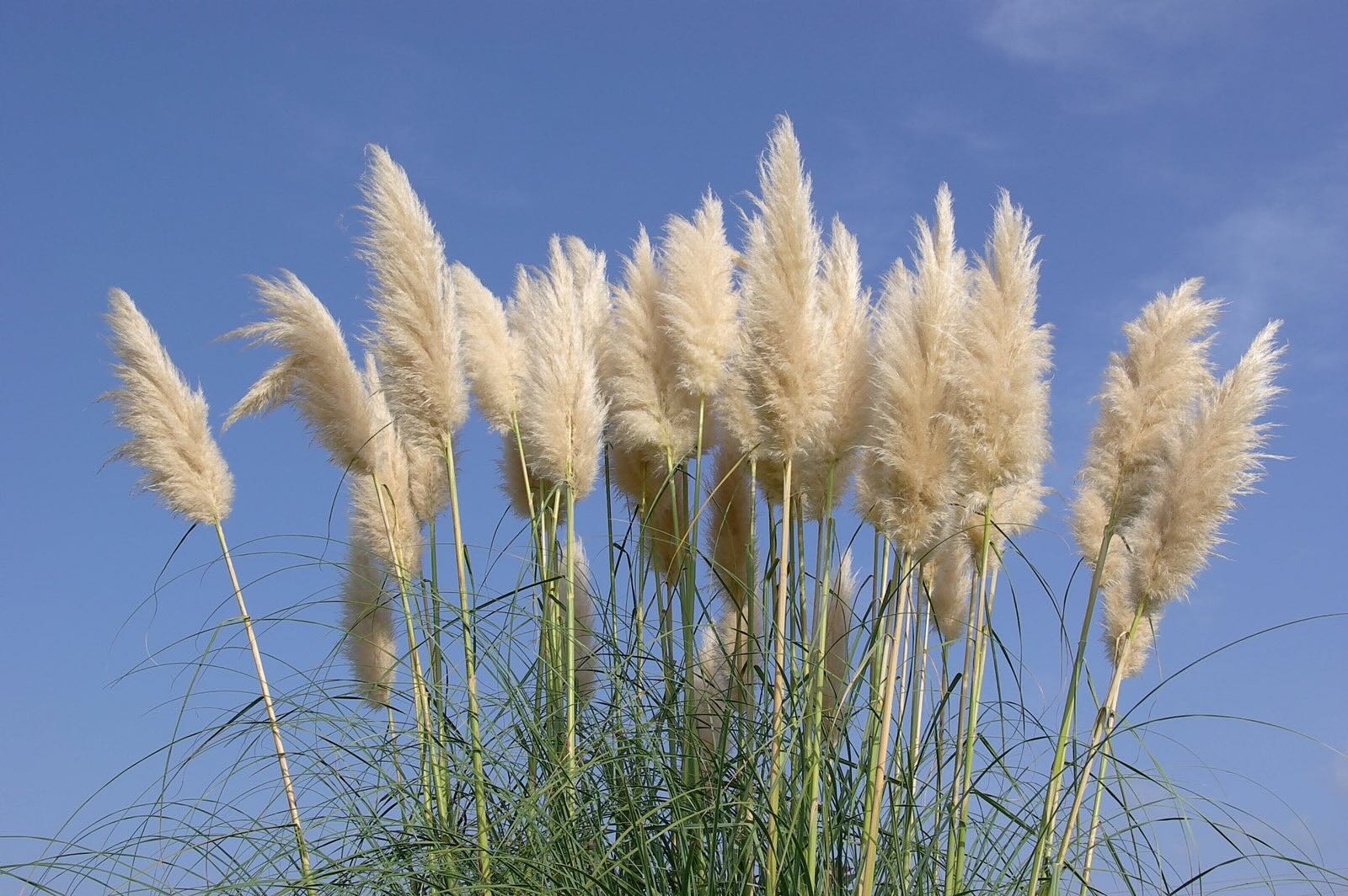
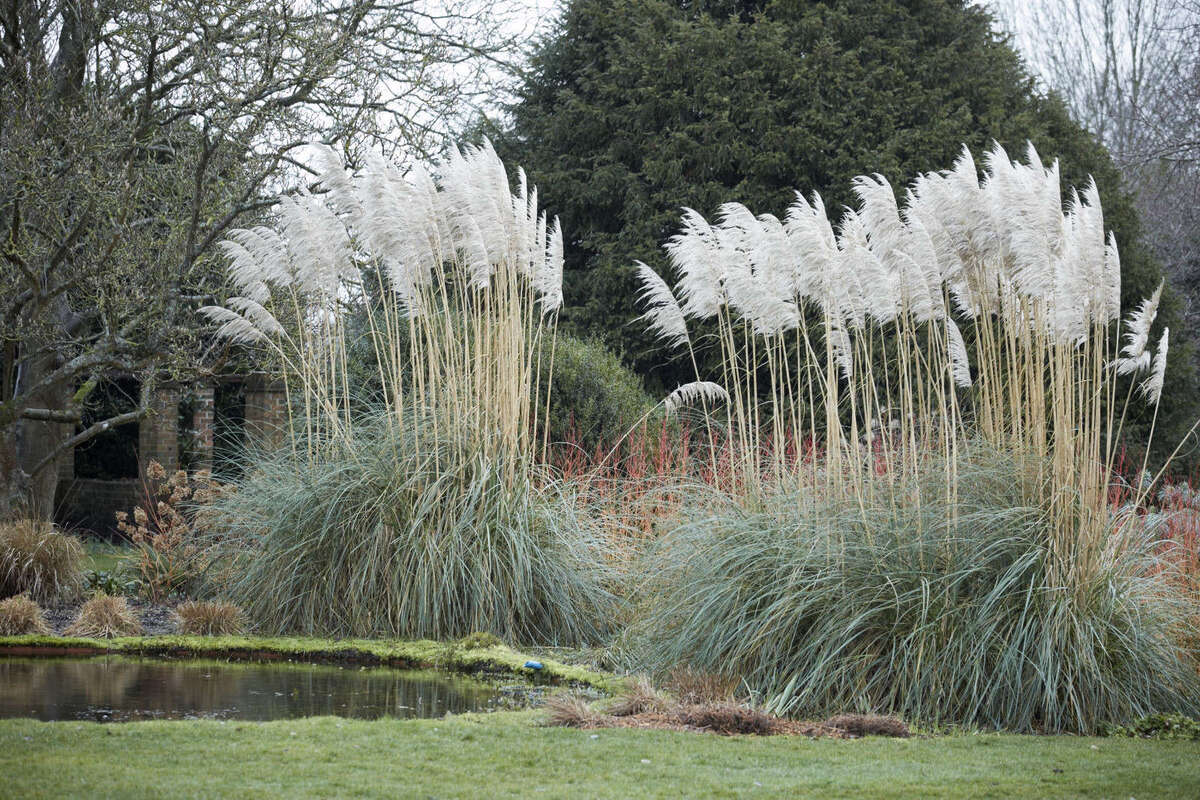
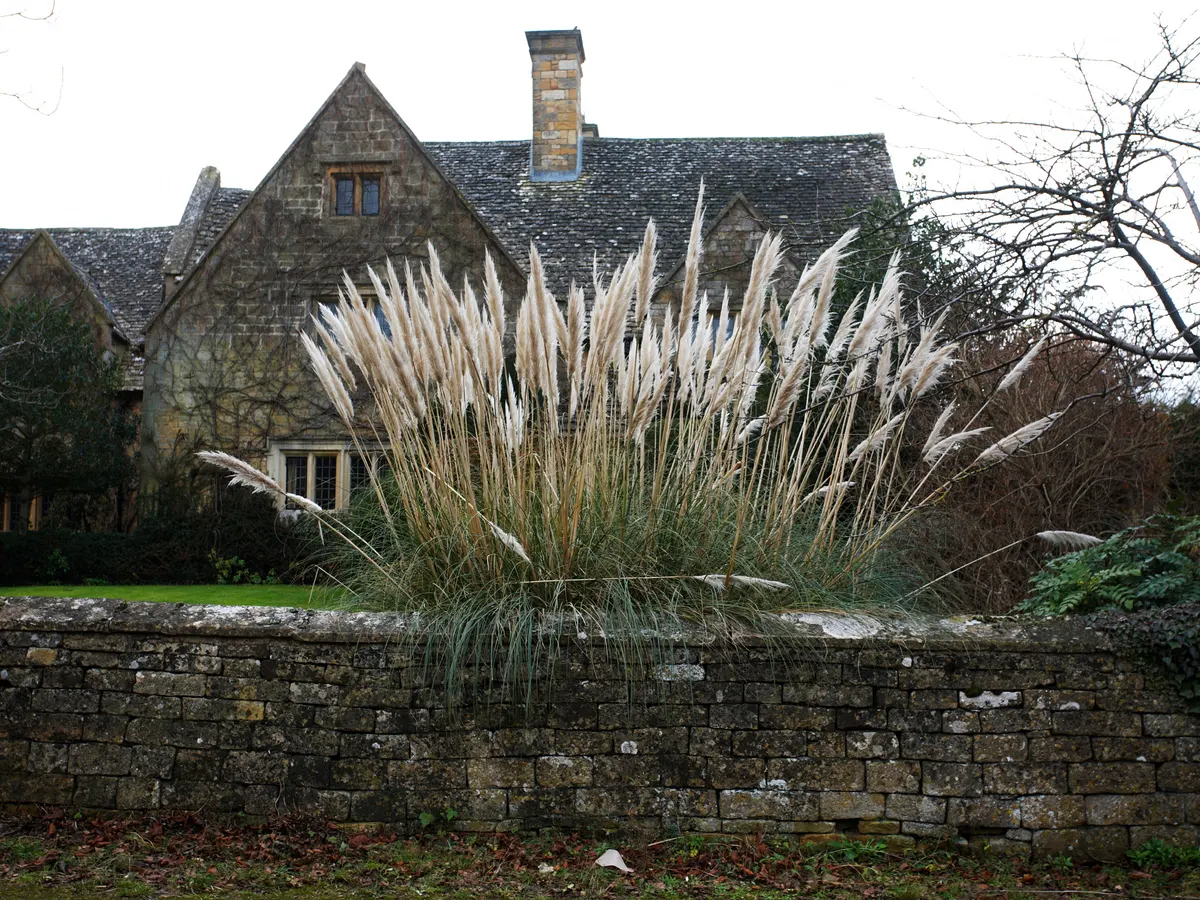
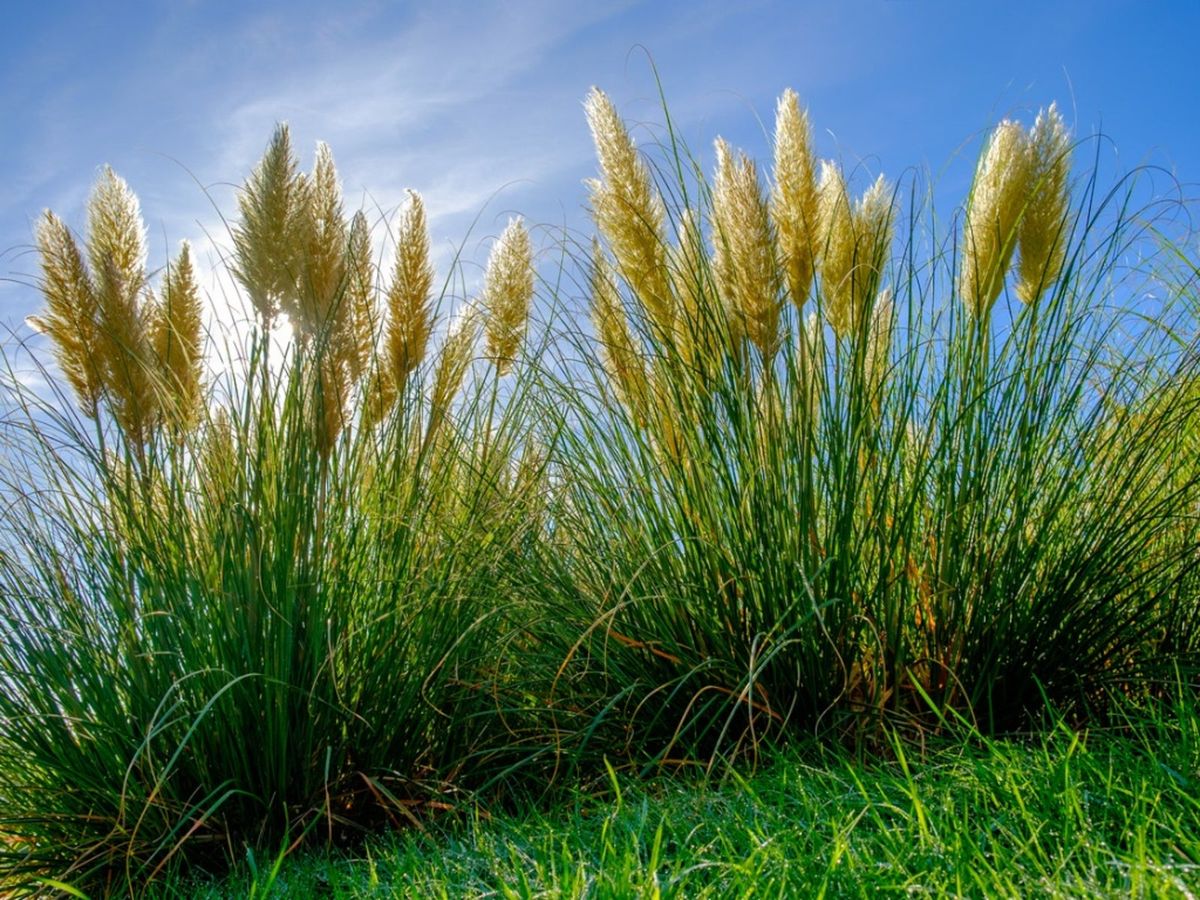
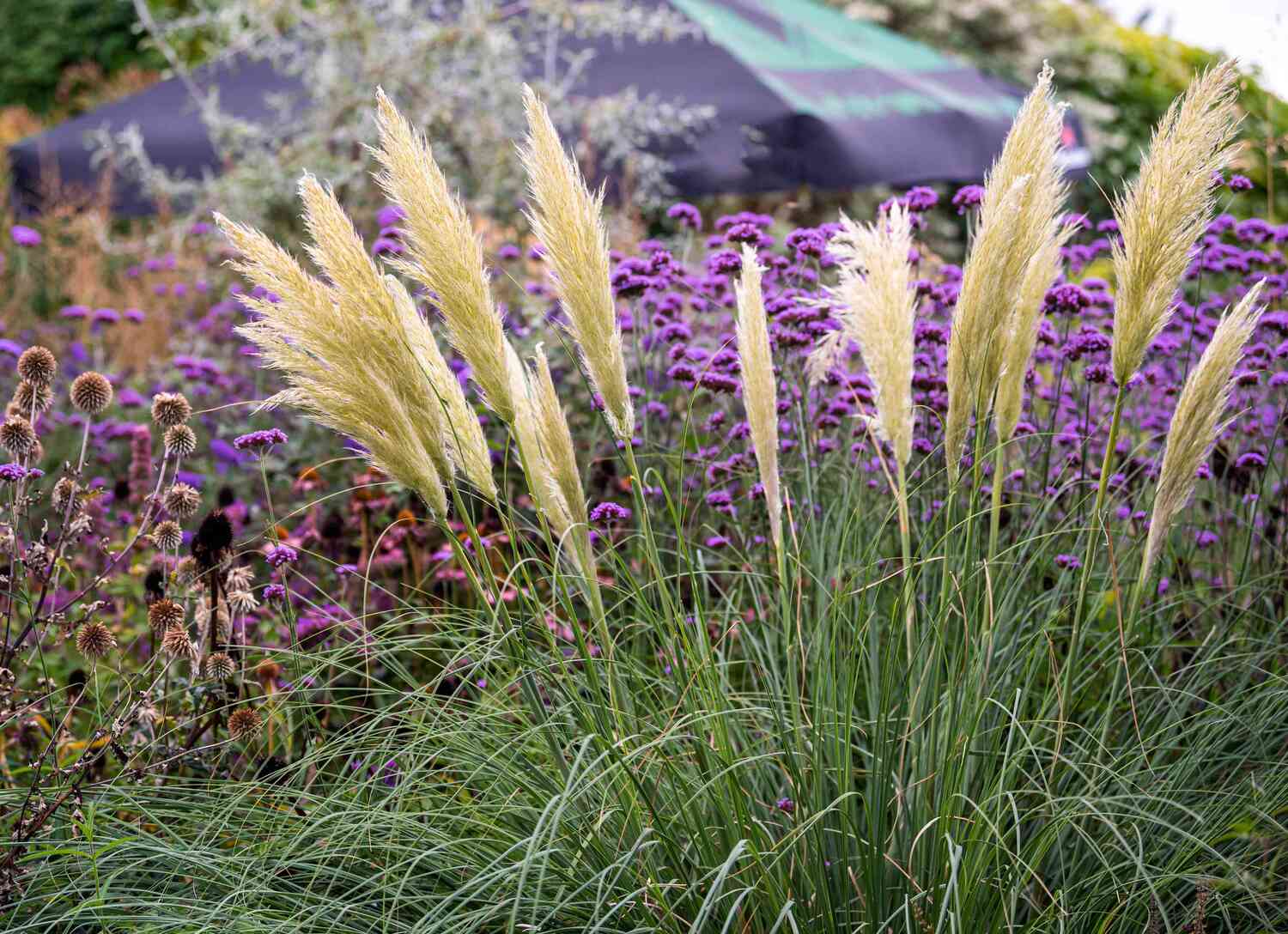

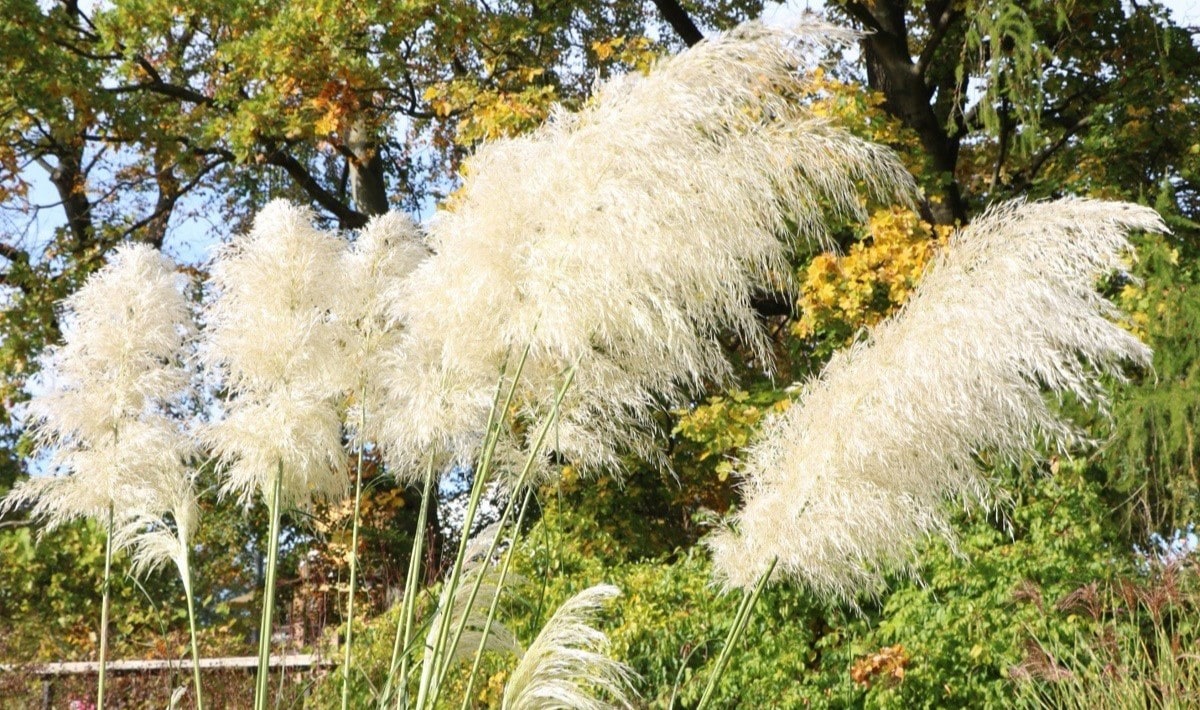
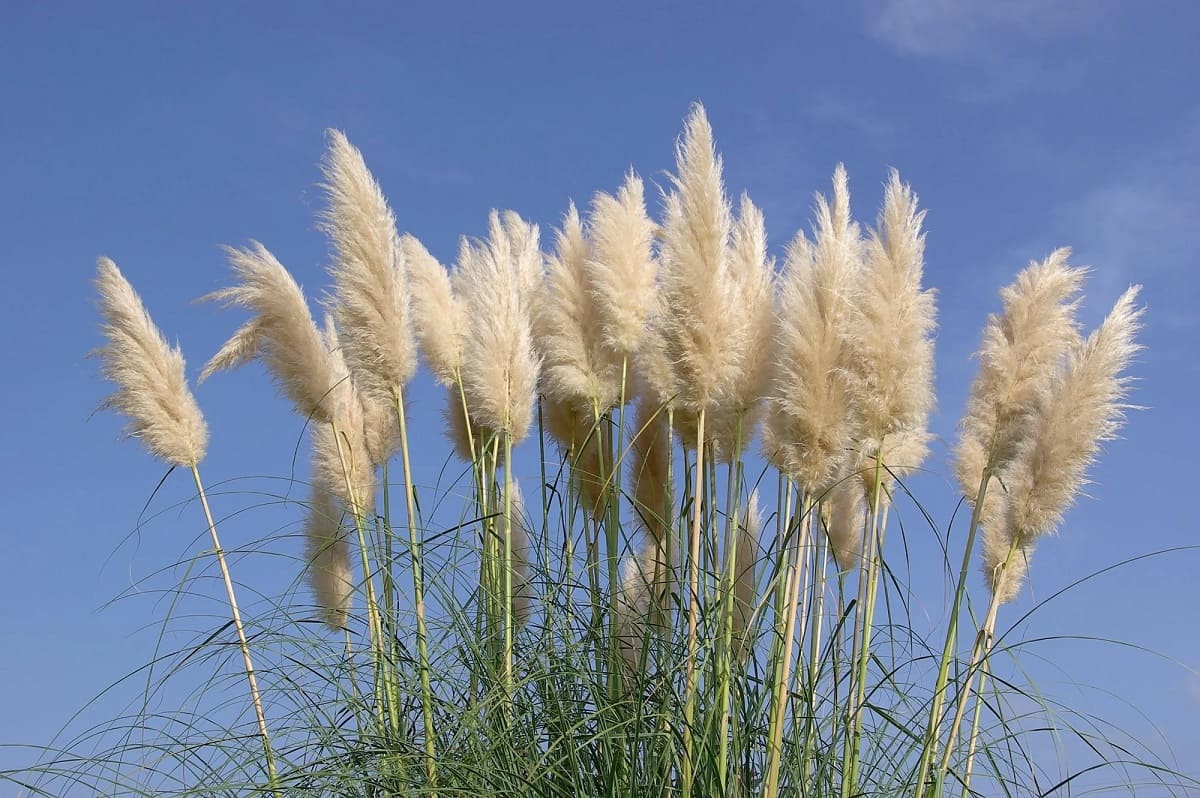

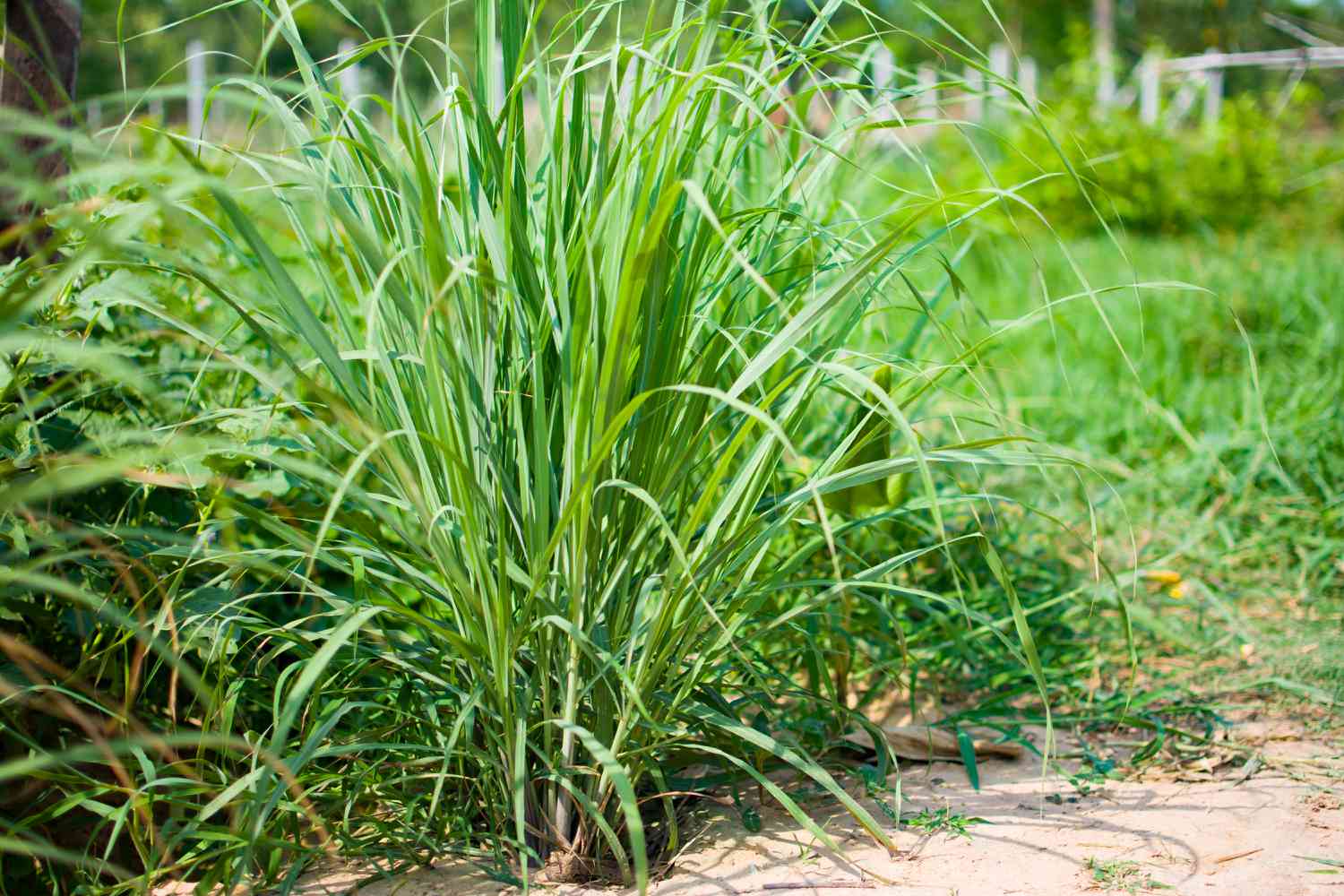
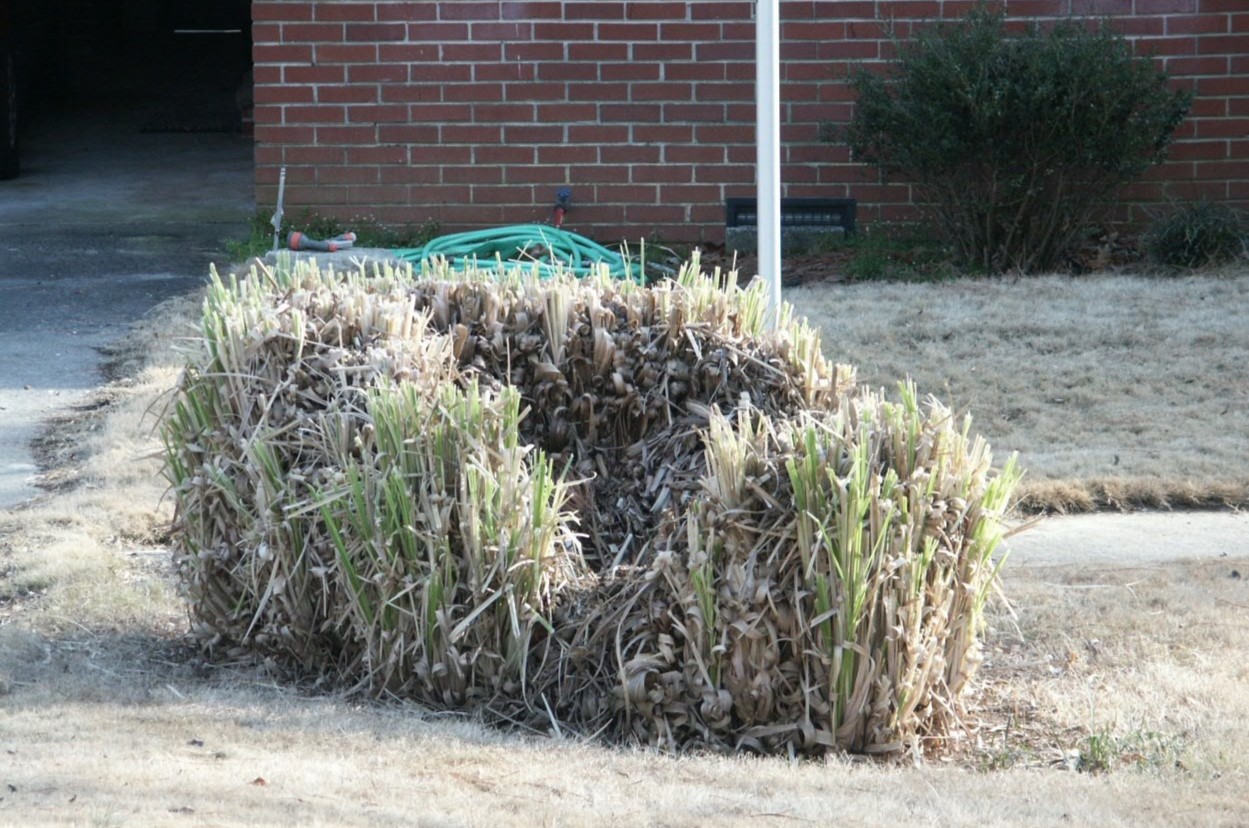


0 thoughts on “How Big Does Pampas Grass Get”